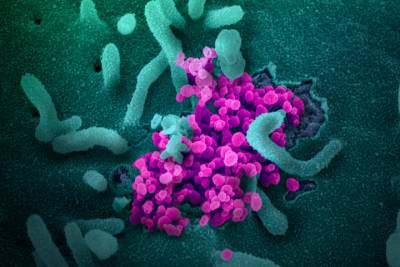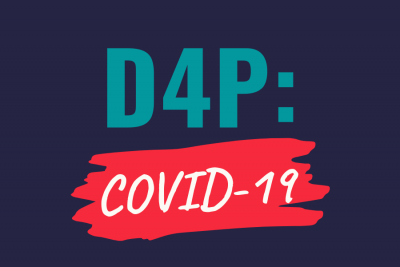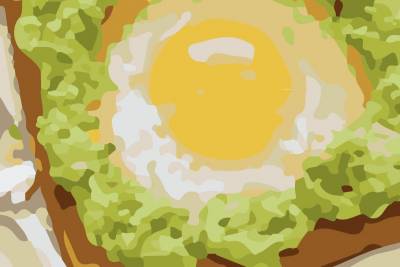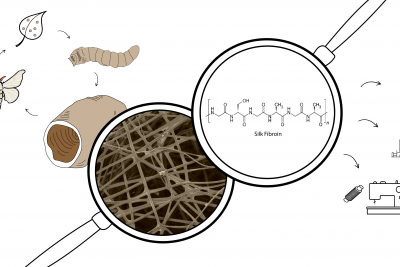On the Central Dogma in action
Going from DNA → mRNA → protein is sometimes referred to as the Central Dogma of biology. This term was first used by Francis Crick over 60 years ago to describe the one-directional process wherein the foundational DNA/RNA codes can be copied repeatedly, but a protein made from this code cannot be copied back into DNA or RNA.
The Escape the Cell puzzles (in the Show level) can be a great way to demonstrate the one-directional nature of this process…
Looking at this model, could a student take a felt RNA sequence and reverse-transcribe the DNA sequence? Of course! Could a student look at the sequence of colored beads to determine the RNA sequence? No, because one amino acid is made from a set of possible triplets of RNA bases (codons). (Furthermore, a protein doesn’t contain the chemical functionality to organize its own sequence propagation in the way nucleotides do through base pairing)
For example, let’s explore the yellow bead, which could have come from AUG or AGU. While this activity is simplified, the same types of sequence overlaps happen in the genetic code as well.
Does the particular triplet of nucleotide bases matter? Well, the answer is “sometimes.” . Each nucleotide codon triplet pairs with a unique tRNA molecule bound to the desired amino acid, but depending on the type of cell or organism, the relative amounts of different tRNAs are different. This can change how fast a protein is translated, and may even impact how it’s folded. If a scientist wants to make a protein (say, human insulin) in another type of cell (say, a laboratory strain of yeast which can be really good at making lots of protein) the scientists may change the DNA sequence using an algorithm called “codon optimization” in order to make more of the exact human insulin protein, but from a code that is more easily transcribed in yeast cells.
Changes to a triplet codon (in the DNA or to the mRNA in the course of transcription) can also occur randomly in a cell. If one nucleotide changes, but it does not affect the amino acid coded in that position, it is called a silent mutation because the protein sequence is unchanged. Whether this “silent” mutation could have a more subtle impact is often not known — just another example of the many unknowns in our world.









